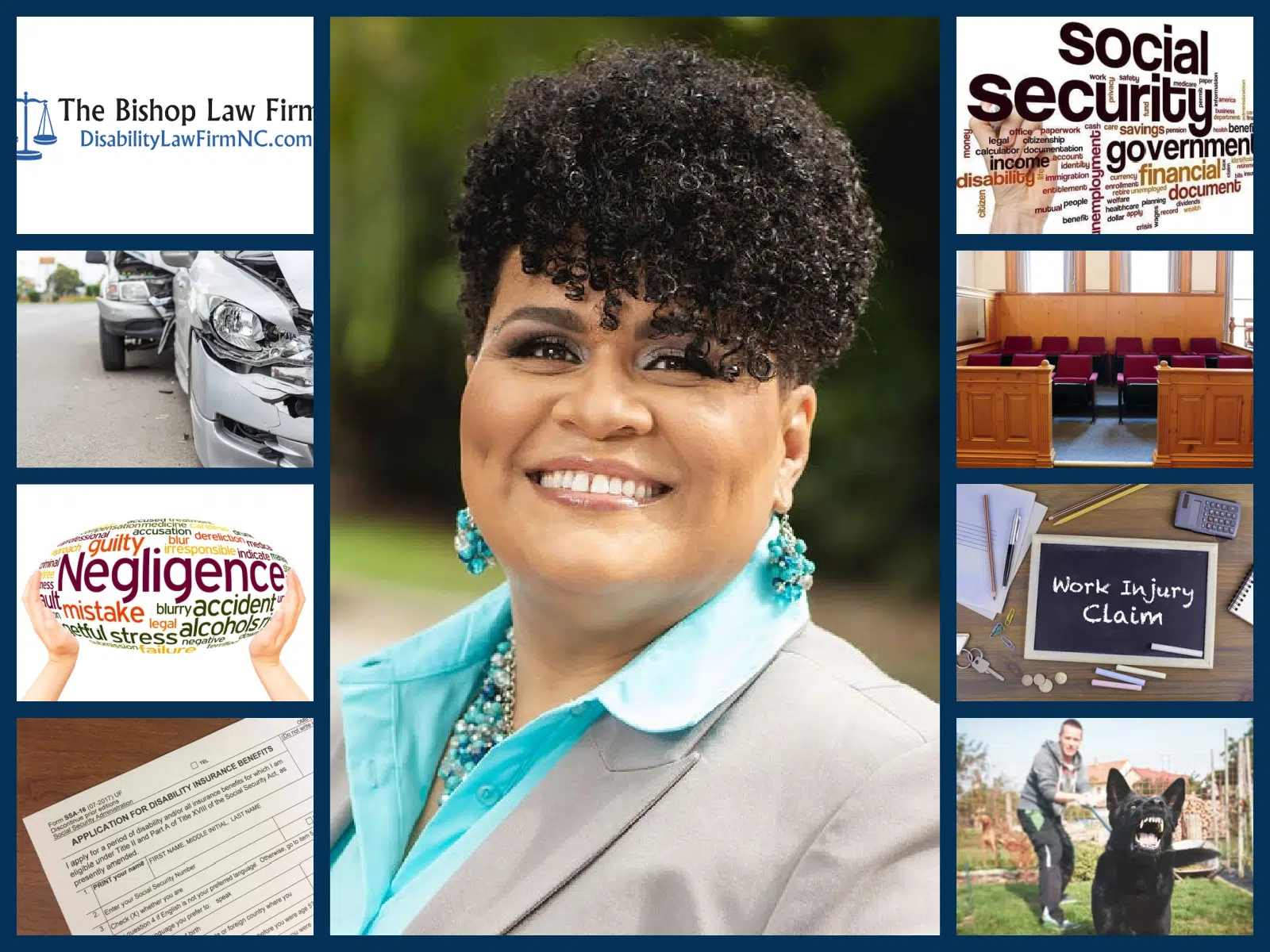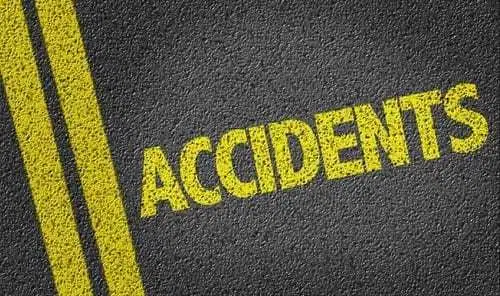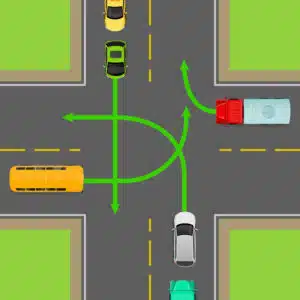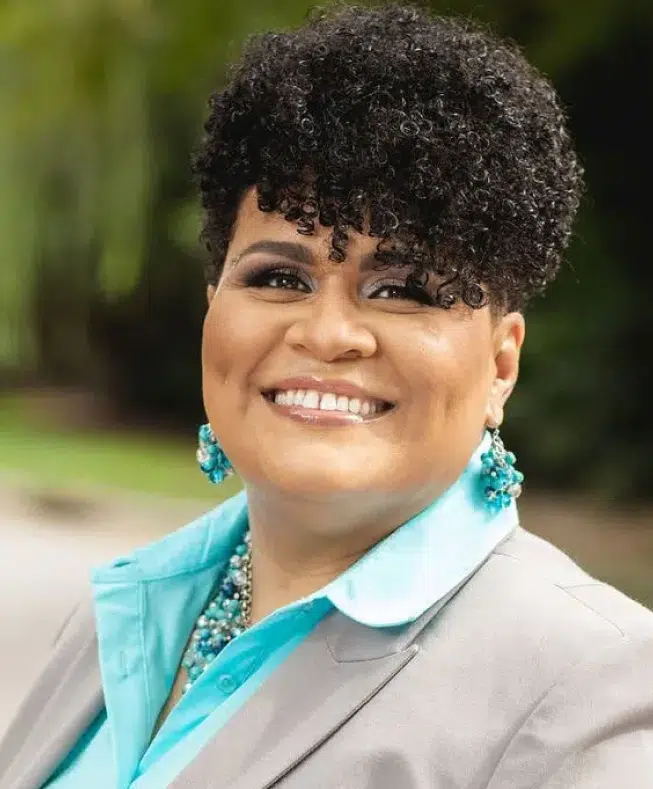
If you have been involved in a Raleigh car accident, you need to know how to obtain and decipher what the accident report says as soon as possible. Accident reports can, unfortunately, be off kilter from the actual facts of the accident and material corrections must be made as soon as possible.
The Bishop Law Firm represents Raleigh Car Accident victims and we do not get paid unless you win. Call us today for a free case review or start online now.
How do I look up an accident report in Raleigh, NC?
Many clients call us with the driver exchange information that they were given at the scene of the accident but without the actual police report. The accident report is usually completed after the accident by the law enforcement personnel that was present at the scene.
Also read: What not to do after a Raleigh Car Accident.
If serious injuries are sustained in the accident, the victim may not be available for the law enforcement officer to ask questions. If the victim is unavailable, the officer has to get a statement of the facts from witnesses. If witnesses are not available, this means that a severely injured person could end up with the at-fault party's version of events on the accident report. This can result in disastrous effects.
Obtaining an vehicle accident report to see its content is imperative.
If a Raleigh Police Officer came to the scene, you can request your accident report online from Raleigh Police Department Crash Reports or by going to the Raleigh Police Department to pick it up at The Police Records Division, Police Headquarters, 6716 Six Forks Road, Raleigh, NC 27615. Their phone number is 919-996-3325.
For the Raleigh Police Department crash reports portal, you will need the report number, driver's license number of one of the vehicle drivers OR the VIN (Vehicle Identification Number - this is usually on a vehicle registration card) of an involved vehicle.
If your accident occurred on the highway and involved the North Carolina State Highway Patrol, you can look on the N.C. Dept. of Public Safety Collision Report website. For the NC DPS website, you will need the report number, name of party, driver's license number or vehicle plate number of an involved vehicle.
Also, you can request a crash report from the North Carolina Division of Motor Vehicles (DMV) by mailing a completed Form TR-67A or requesting in person at Raleigh Central Services, 4121 New Bern Ave, Raleigh, NC 27616. This costs $5.50. The Crash Reports Unit can be reached at 919-861-3068.
Be aware that depending on the circumstances of the accident (criminal charges are filed or a person is killed) it may take substantial time for law enforcement to complete the accident report. A victim needs to be vigilant in obtaining the report.
When you receive an accident report, and it contains erroneous information, you should immediately contact the police officer that wrote it. Do not delay. Officers can be called to 10-20 accidents a day, so they may soon forget your accident.
Be prepared to provide any evidence available to you to support your theory about why the accident report is wrong. For example, if a passenger who was injured was left off the accident report, you will need to show medical records that demonstrate that the passenger received medical treatment from being involved in the accident.
Also read Raleigh Car Accident Statistics & Twenty Tips to Avoid Raleigh Car Accidents
How to read a Raleigh Car Accident Report

Raleigh Car Accident reports can be 2-3 pages (or more) depending on how many cars were involved in your accident. The instructions for an officer when completing a crash report are called the North Carolina Crash Report Instruction Manual. Below we focus on a two-car accident.
LOCATION
The location section of the accident report describes on what roads and in what direction the accident occurred. Latitude and longitude can allow a victim to look up the precise location of the accident (and the insurance adjuster too). To date, we have not had an insurance adjuster take issue with location descriptions but if the location of your accident is 100% incorrect this can cause problems later. It would be best to get this corrected as soon as possible by contacting the officer.
UNITS
Unit 1 and Unit 2 columns contain the information about the cars involved in the accident: the driver's name, address, driver's license number and insurance information. Your Unit number will be used in the rest of the report to designate your vehicle. If a party has let their insurance lapse or changed insurance, a party's insurance information may be incorrect and you may have to reach out to the at fault party or their previous insurance to determine if they have other coverage.
Problems also arise here when you have a hit and run. In a hit and run, unless there are witnesses or some other form of proof, the at-fault parties' name is not on the accident report. Thus, their insurance will not pay for the victim's injury. Any proof that a victim or witnesses have of the hit and run driver should be given to the police immediately so they can be added to the accident report.
If the at-fault driver cannot be located, the victim's own insurance (Uninsured Motorist Coverage - UIM) will have to foot the bill.
There are also some other parts of mention here: if alcohol was suspected or a breathalyzer given it will be noted under the Unit at 37, 38 and 39. If alcohol is suspected or involved the offer will assign numbers in this space. The explanation of the number can be found in the North Carolina Crash Report Instruction Manual (page 41).
Drunk drivers frequently cause accidents and you need to know if the driver that caused the accident was inebriated. The insurance company will not tell you.
Another highlight of the Units is #42 and #44, Vehicle Drivable and Estimated Damage. Unfortunately, these estimates are frequently incorrect. No offense to the completing officer, as we admit we have no idea how much it will cost to repair a car by looking at it. The insurance company will attempt to rely on these erroneous numbers. Obtaining and providing an actual estimate of the damage to your car will be needed.
Also read Twenty Steps to Take After Raleigh Car Accident
TOW INFORMATION
The grid below the Unit information involves if Unit 1 or Unit 2 was towed and by whom. A car that is towed from a scene means that enough damage was sustained in the accident to render the car undrivable.
Immediately under the towing information, ALL car passengers should be listed (even babies). If a passenger was injured and is not listed on the accident report, this needs immediate correction. Contact the officer that completed the accident report.
EMS
At the bottom of the first page (#46, #47) discusses if the EMS arrived on the scene and if a victim rode in the EMS. Victims who decline EMS rides and do not seek treatment on their own shortly after the accident may have problems proving their injuries later on. If you are hurt, seek medical treatment as soon as possible.
CRASH SEQUENCE
This section discusses the points of impact on each vehicle and what they were doing when they collided. The Crash Report Instruction Manual assigns each part of a vehicle, tractor-trailer, and motorcycle numbers that are used in this section. The meaning of the numbers can be found on page 51, of the above-mentioned Crash Report Instruction Manual.
VEHICLE INFO
Estimated speed of impact is important. Two cars that crash at 65 m.p.h. will be a very different accident than a stopped car being rammed into by another car going 65 m.p.h. Also, a tractor trailer at 20 m.p.h. can destroy a smaller car easily. Speed and the type of vehicle are important aspects of a car accident.
In cases that involve pedestrians, bicyclists, and motorcycle riders, tire impressions before impact tell you volumes about the accident. When did the at-fault driver first see the victim, how long did they have to respond, did they respond quickly enough? Why didn't they see the victim? Were they using their phone or otherwise distracted?
ROADWAY INFO
This section discusses if there were bridges, intersections, underpasses or alley ways on the road at the accident site. Was the road straight, curved, multi-lane, concrete or gravel?
A curving road limits visibility as to what is around the bend. Did the at-fault party disregard roadway conditions?
The correlating numbers in this section start on page 61 of the manual.
WORK ZONE AND TRAILER INFO
In North Carolina, speeding in a Work Zone comes with extra fines and a possible revocation of one's license.
Vehicles with trailers are hauling more weight than sedan vehicles. Being involved in an accident with a truck and a trailer can be equivalent of being hit twice.
DIAGRAM

The diagram is helpful for visual learners. It illustrates all the cars involved and how they made contact during the accident. T-bones, head-on and rear-end collisions tend to have their own set of injuries (but not always). A victim that has injuries consistent with their type of collision just has more fuel for their personal injury case fire.
NARRATIVE
We find that the narrative is the most important part of the accident report. Even if the at-fault party did not get a ticket, this description can tell a reader who caused the accident and how. That being said, a bad narrative can make for a problematic Personal injury case to say the least.
A narrative example: Unit 2 (driver discussed on Page 1 of report) was driving straight ahead. Unit 1 failed to yield (failing to yield is a traffic violation) the right of way and pulled out into the intersection.
We know from the narrative alone that Unit 1 is the at-fault party because they failed to yield the right of way.
WITNESSES
If the officer speaks to witnesses that provide details about the accident, their name, address and phone number should be listed here. Obtaining statements from these witnesses as soon as possible after the accident can help cement evidence demonstrating the at-fault party's liability.
TRAFFIC VIOLATIONS
If the at-fault party received a ticket for their actions in the car accident, it will be listed here. However, this list frequently does not include all their violations. For example, a traffic violation that involved drunk driving will come with criminal charges that are not listed on the accident report.
COMPLETING OFFICER
This is the officer who completed your report and who you would reach out to ask for corrections.
Do you need a Raleigh Car Accident Lawyer?
If you have been injured in a Raleigh car accident through no fault of your own, you may have a Raleigh Personal Injury case. If there are legitimate and material errors in the Raleigh accident report, they must be corrected. The Raleigh Police Officer may not be inclined to make these corrections without evidence supporting the changes.
A Raleigh Car Accident Lawyer can help you gather the evidence you need, including witness statements, photos of the scene of the accident and car damage photos to try to get the report corrected.
After the car accident report has been corrected, a Raleigh Car Accident Lawyer can present your demand to an insurance adjuster with evidence that supports your claim for damages from your car accident injury.
Also read: What does a Raleigh Car Accident Lawyer Do & Raleigh Car Accident Injuries
The car accident attorneys at The Bishop Law Firm can help if you have been injured in an auto accident through no fault of your own. We offer free car accident case reviews and no fee unless you win. Call us now 919-615-3095 or start your free case review online.

